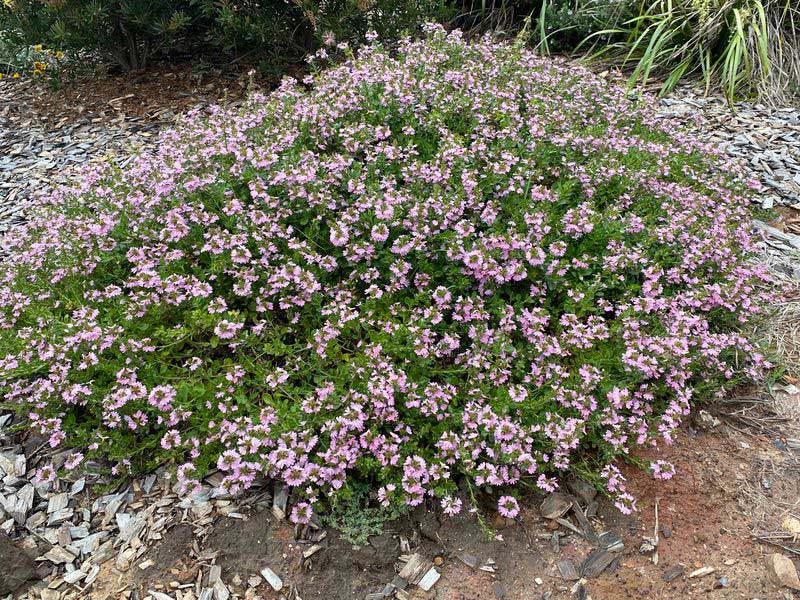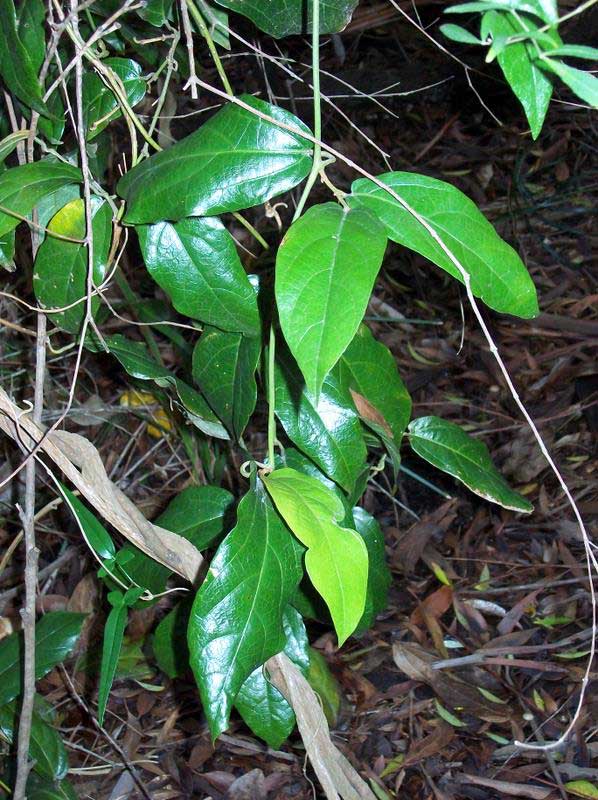Native vs. Exotic Plants: What’s Best for Your Garden?
When it comes to cultivating a garden, the debate between native and exotic plants is a perennial favourite among gardeners and horticulturists alike. Understanding the nuances of each can significantly influence the success and sustainability of your garden. In this article, we explore the common ground between native and exotic plants while also addressing the unique considerations for using endemic species in urban environments.

Australian native plant palettes sometimes have a few Southern African plants thrown into the mix. Both regions have produced scrubby trees, shrubs, ground covers and strappy plants with exquisite flowers. https://www.shutterstock.com/image-photo/australian-native-garden-wooden-steps-707335804
Defining Native, Endemic and Exotic
Native Australian plants are plants that grow naturally in Australia. Meanwhile, endemic plants are native to your local region. And exotic plants are those that come from other countries. These are man-made definitions, and in nature plants are constantly adapting and moving vast distances on a long time frame.
Some people will tell you that “native plants are low maintenance, better adapted to drought, and adapted to local conditions.” But that’s nonsense.
“Native” is a low resolution term that’s usually unhelpful. Some native plants are really fussy and need constant babysitting, while others thrive with neglect. Some native plants need a lot of pruning to keep their foliage, while others never need to be pruned in their whole lifetime.
A rainforest plant endemic to a region in QLD may not suited to the deserts of WA, and vice versa. However, a cultivated variety may be bred to withstand a wider variety of conditions.
We can’t treat all natives the same, we can’t treat all endemics the same, and we can’t treat all exotics the same. We should treat each plant individually, understanding its unique preferences and tolerances and work accordingly.
The Common Ground Between Native and Exotic Plants
Adaptation and Breeding
Native and exotic plants can both be cultivated to suit varying environments, often making them resilient and adaptable for urban gardens. For instance, Southern African native plants are considered exotic in Australia but many are known for being low maintenance and perfectly suited to many Australian conditions. Similarly, native Australian cultivars can be selectively bred for hardiness and performance in diverse climates around the country.
Resource Efficiency
It’s a common misconception that all exotic plants require extensive care. Many exotic plants, like many from Mediterranean climates, are less resource-intensive and can thrive with minimal water and fertiliser.
Biodiversity Resources
Plants have resources for native insects and animals, such as branches and leaves for habitat, and foliage, pollen, nectar, fruits and seeds for food sources. Different plants provide resources for different organisms which each have different preferences and requirements. As a general rule, planting densely and diversely is the best way to provide abundant biodiversity resources.

This native flowering ground cover feeds pollinators and houses insects, lizards and other beneficial critters. Pink Fusion™ Scaevola spp. ‘PFS200’ Intended. https://www.ozbreed.com.au/plant-ranges/native-shrubs-groundcovers/pink-fusion/
Both native and exotic plants contribute to biodiversity when chosen thoughtfully. They bring ecological diversity to gardens, offering a range of colours, shapes, and blooming periods that can enhance your garden’s ecological value.
Some people say that natives and endemics are better for wildlife, but they must not have ever seen native insects flock to a viburnum, alyssum or rhaphiolepis.
Endemics are essential in natural resource management settings outside of urban areas, where we must try to retain the natural ecosystems. However, urban environments have changed drastically and the plant communities that once existed have completely shifted. Unless we tear up roads, get rid of people and change the soil back to the way it was, we’re never going to return urban areas to what they were.
So, we must use the tools we have in order to provide wildlife corridors and biodiversity resources for our urban ecosystems. Natives, endemics and exotics are all a valuable piece of the puzzle.
Endemic Plants: Special Considerations
Endemic plants are species native to a specific region and micro climate, rather than anywhere in Australia. They haven’t been bred for the urban landscape, and may struggle outside their natural habitats. However, they play a crucial role in preserving local biodiversity in a natural resource management setting, and have great cultural importance.
Consider implementing the 80-20 rule here. Opt for 80% of your plant palette to include strong cultivars that can live longer and provide more biodiversity resources, and 20% of your plant palette can be seed-grown endemics that may need to be babysat a bit more and will likely die sooner, but light our passion for locally endemic plants.
Focus on ecological gaps, especially where a particular endemic moth requires a specific plant to lay eggs on, or a particular endemic butterfly has a mouth part that only fits in a particular endemic flower shape. This takes a bit more learning but can greatly improve conditions for fussy organisms that will become extinct without access to specific resources.

The Richmond birdwing butterfly vine, Aristolochia praevenosa, is a crucial host plant for the larvae of the Richmond birdwing butterfly. Both plant and insect are endemic to parts of Queensland and north-east New South Wales.
With that being said, as long as they aren’t made of plastic, all of your plants will provide some type of benefit for your garden’s ecosystem.
Maintenance Requirements
Endemic plants typically demand more care and attention compared to cultivars. They might be more susceptible to pests, diseases, and environmental stressors, leading to higher maintenance needs.
Meanwhile, cross breeds can be just as weak or weaker, depending on the breeding process. If a breeder focuses on the colour and shape of flowers at the cost of resilience to landscape conditions, the resulting plants will suffer.
Genetic Strength and Breeding
The success of endemic plants in urban landscapes can vary based on breeding practices. For example, companies like Ozbreed develop plants by subjecting thousands of natural plants to tough conditions, and then selecting the plants that continue to thrive. This is the same process that happens in nature, but we just speed the process up and then preserve the plants so that we can naturally clone them through the use of cutting and tissue culture so that landscapers and gardeners have access to them around the country.
Conclusion
In the debate between native and exotic plants, it’s essential to recognise that both categories share many attributes. Cultivars from either group can be adapted to urban environments, offering resilience, aesthetic value, and ecological benefits. Endemic plants, while often more demanding, still provide support for local ecosystems and biodiversity.
We should take these terms with a grain of salt, and treat each species and variety as an individual that has its own preferences and benefits to our garden.
